Historically, girls’ education has always been vulnerable to crises, as the barriers to access and learning that girls already face under normal conditions are often exacerbated in times of emergency. One way to ensure that girls’ learning is not disrupted during emergencies is to prioritize their needs and integrate gender-responsive and gender-transformative approaches into education in emergency (EiE) planning. And yet there is limited research in Nigeria—where nearly two-thirds of the out-of-school population has been female—to understand how girls are affected by efforts to safely ensure access to quality education during emergencies.
To address this gap, my research as a 2021 Echidna Global Scholar explores how the EiE intervention of Nigeria’s Oyo State “School on Air” (SOA) program addressed issues of access, quality, and relevance for girls in upper-secondary school during the COVID-19 school closures from March to September of 2020. Through qualitative research with the Oyo State Ministry of Education, private-sector education partners of the government, broadcast stations, female and male upper-secondary students, and members of community-based school governing boards and school management committees, as well as analysis of SOA program content, my study will highlight the gendered constraints on girls’ participation in SOA.
How Oyo State’s SOA affected girls
Secondary school girls in Oyo State value education and, barring external hindrances, are intrinsically motivated to complete their schooling. When asked what influenced their decision to return to school after the protracted closures, girls—both those who participated in SOA and those who did not—said it was simply a natural course of action, as the alternative was unthinkable. This obvious desire for education must always be safeguarded, especially during crises.
However, when Oyo State EiE planners were asked about efforts to systematically address differences in male and female students’ participation in schooling and the causes of such differences—particularly during the crisis—they reported not taking into consideration potential gender-related barriers in the design and implementation of the SOA program. As one Education Ministry official involved in SOA planning commented, “The reason we are not always that sensitive about gender here is that … education is our legacy in the Southwest. So, whether you give birth to a male child or a female child, you will be very sure you must send him or her to school at least up to university. So, we don’t put a gender clause into most of our policies because that is the way it plays out naturally.”
A gender-responsive EiE approach in Nigeria must systematically address the root causes of differentiated patterns of male and female participation in formal education during crises in order to ensure that girls—like boys—can continue learning during such times and in an effective, high-quality manner.
EiE planners’ gender-blind perspective in Oyo State conflated with general as well as gendered constraints on girls’ participation in SOA. Girls lacked significant control of their time and had limited access to technology. Whether they were at home doing chores, sent to learn dressmaking or hair styling, or at work on a farm—for those in rural areas—girls were less likely to have the time to engage in SOA lessons. Girls also faced instructional modes that did not address the gendered way we learn by giving opportunity to pause, reflect, or seek detailed explanations during lessons. One girl stated that instead of futile attempts to grasp the on-air lessons, she simply took notes to discuss later with a private lesson tutor, who would then offer clearer explanations.
Girls also received content that reinforced gender biases. For instance, in lessons on government, generic roles such as President and Governor were consistently described using male pronouns. The absence of direct parental or community engagement beyond radio and television jingles about SOA further deterred girls’ meaningful participation in the program, especially in remote and rural areas. As one girl stated, “If they [the government] want us to learn at home, then they have to first talk to our parents to allow us to concentrate; otherwise they [the parents] will just be disturbing us every time.” This underscores not only the imperative to continue educating girls during emergencies, but equally the importance of ensuring that girls get the most from that education.
Recommendations
To ensure that no girl goes without an education, even in times of emergency, governments and EiE stakeholders must do the following:
- Develop permanent systems for EiE. Governments and education stakeholders need to establish permanent systems for EiE planning, policy, design, and implementation that place girls—and girls’ voices—at the center, and constantly reinforce mechanisms for entrenching gender-responsive guidelines across ministries of education, the State Universal Basic Education Board (SUBEB), and education stakeholders at all levels.
- Focus on outcomes. EiE planners must expand their focus beyond program delivery to improving learning outcomes. This renewed lens would make EiE programs more responsive to the needs, challenges, and differentiated patterns of participation in formal education by the most vulnerable and marginalized schoolchildren, especially girls.
- Galvanize community support. Ministries of education need to directly involve communities to promote parental support and ensure that the most vulnerable children have access to EiE interventions, particularly in remote and marginalized areas. My research found that communities in Oyo State were instrumental in creating structures for supplemental access to SOA, demonstrating that governments should build on local initiatives where they exist and actively promote them when they have been slow to emerge.
A gender-responsive EiE approach in Nigeria must systematically address the root causes of differentiated patterns of male and female participation in formal education during crises in order to ensure that girls—like boys—can continue learning during such times and in an effective, high-quality manner. Failure to incorporate a gender-responsive approach into EiE has a high cost not only for the girls themselves but also for policymakers, development actors, and communities at large.
I will present findings from my policy brief and share more detailed recommendations at the “Girls’ education research and policy symposium: Protecting rights and futures in times of crisis” beginning November 30, 2021. To register for the virtual plenary discussion and/or my virtual workshop, please see here.
The Brookings Institution is committed to quality, independence, and impact.
We are supported by a diverse array of funders. In line with our values and policies, each Brookings publication represents the sole views of its author(s).

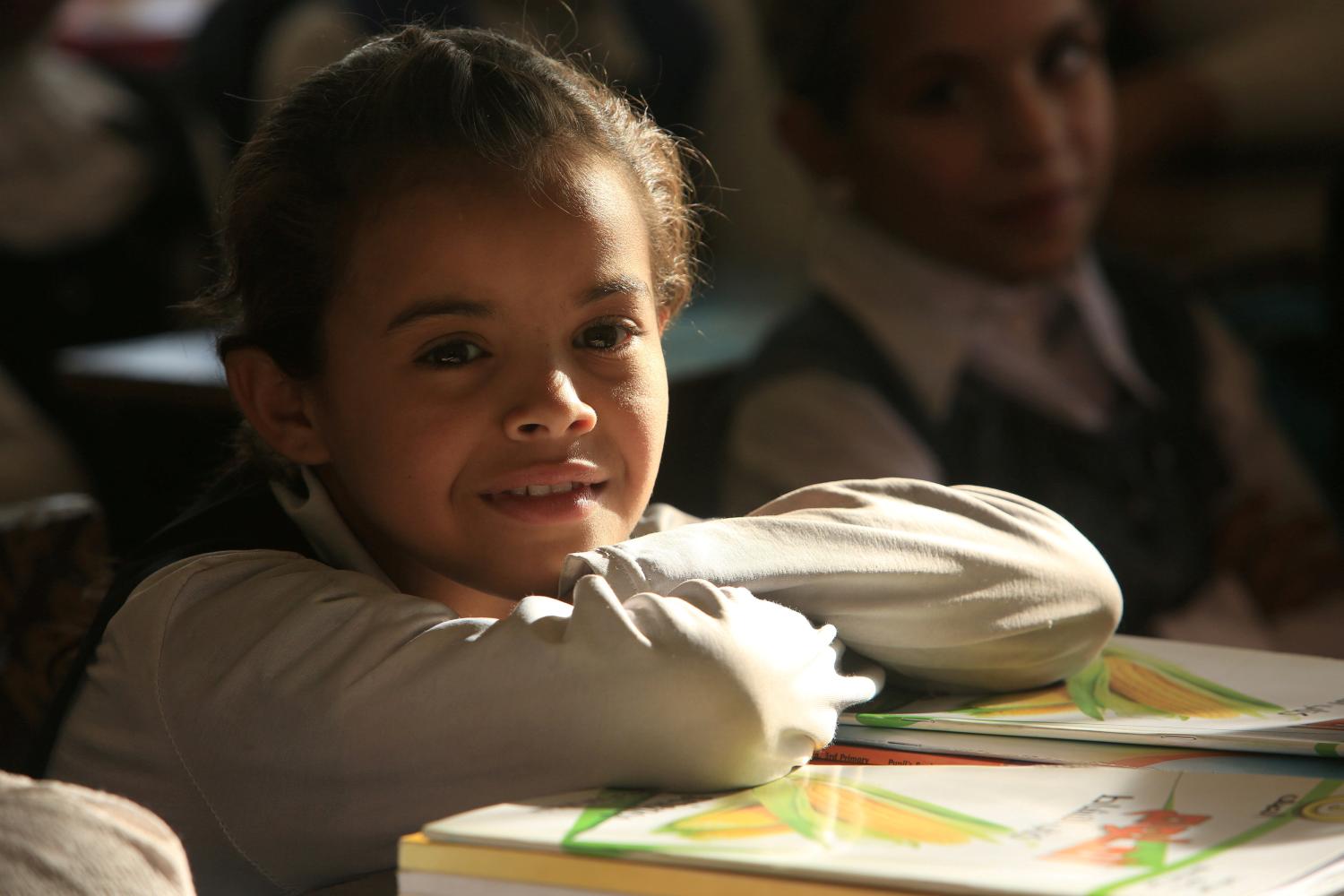
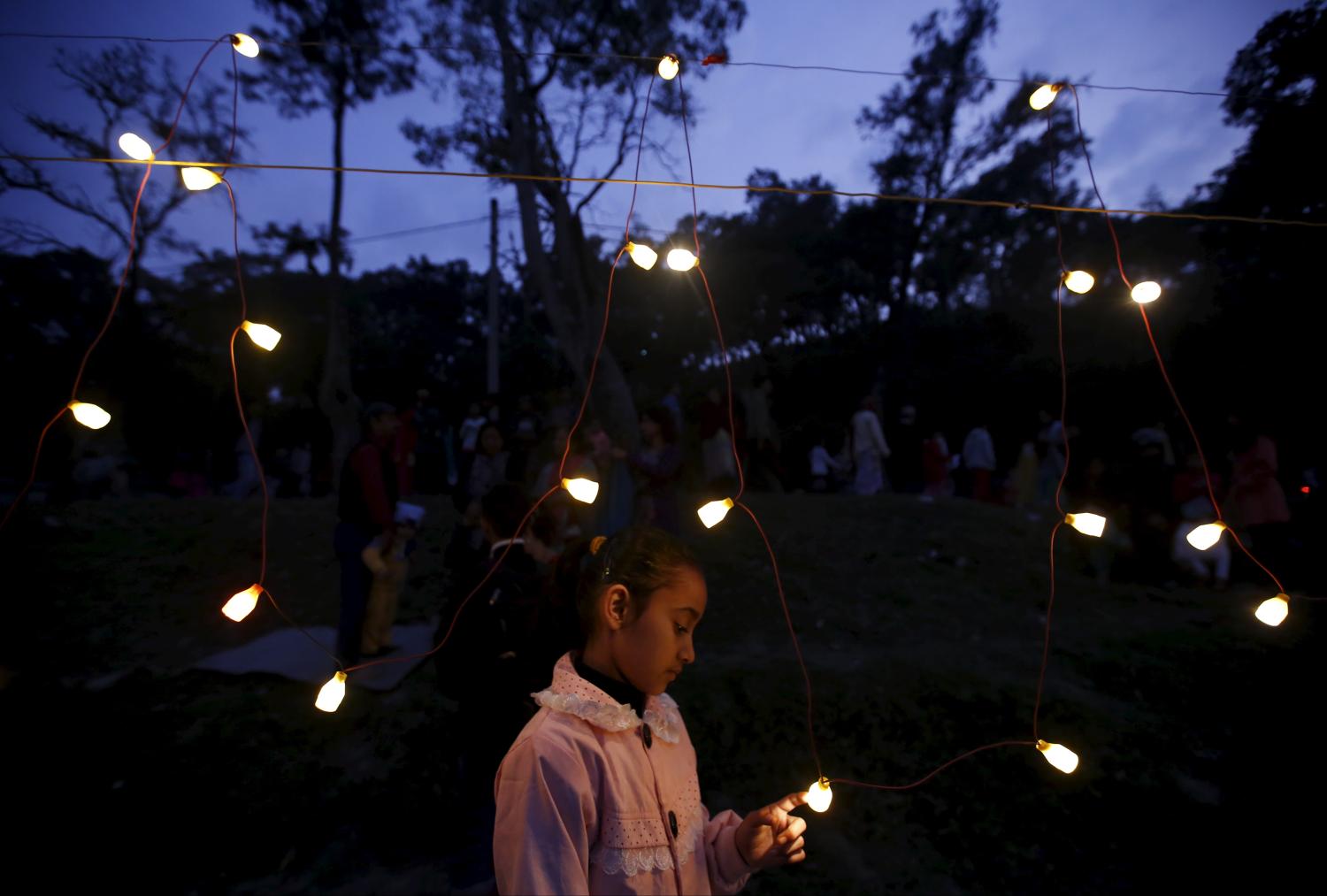
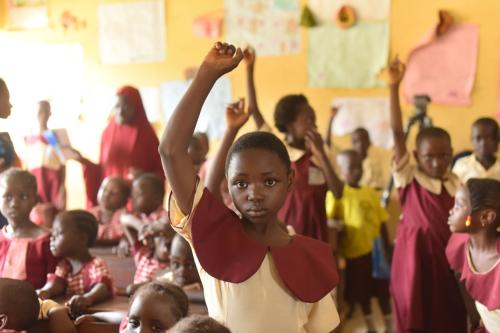
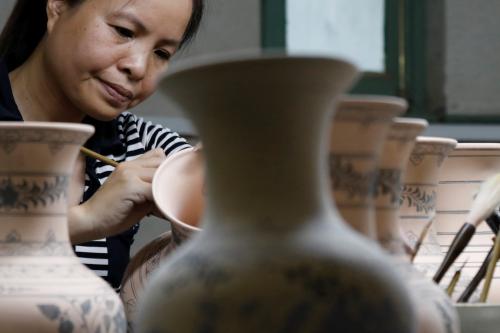
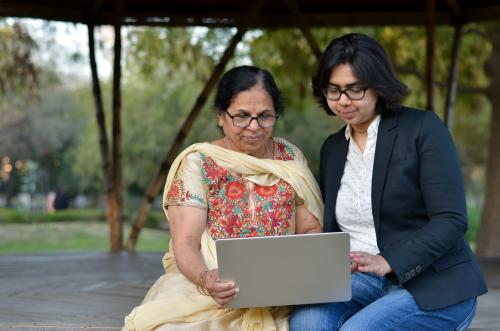




Commentary
Nigeria needs a gender-responsive approach to education in emergencies
November 19, 2021